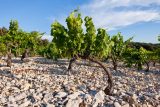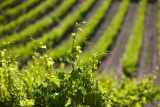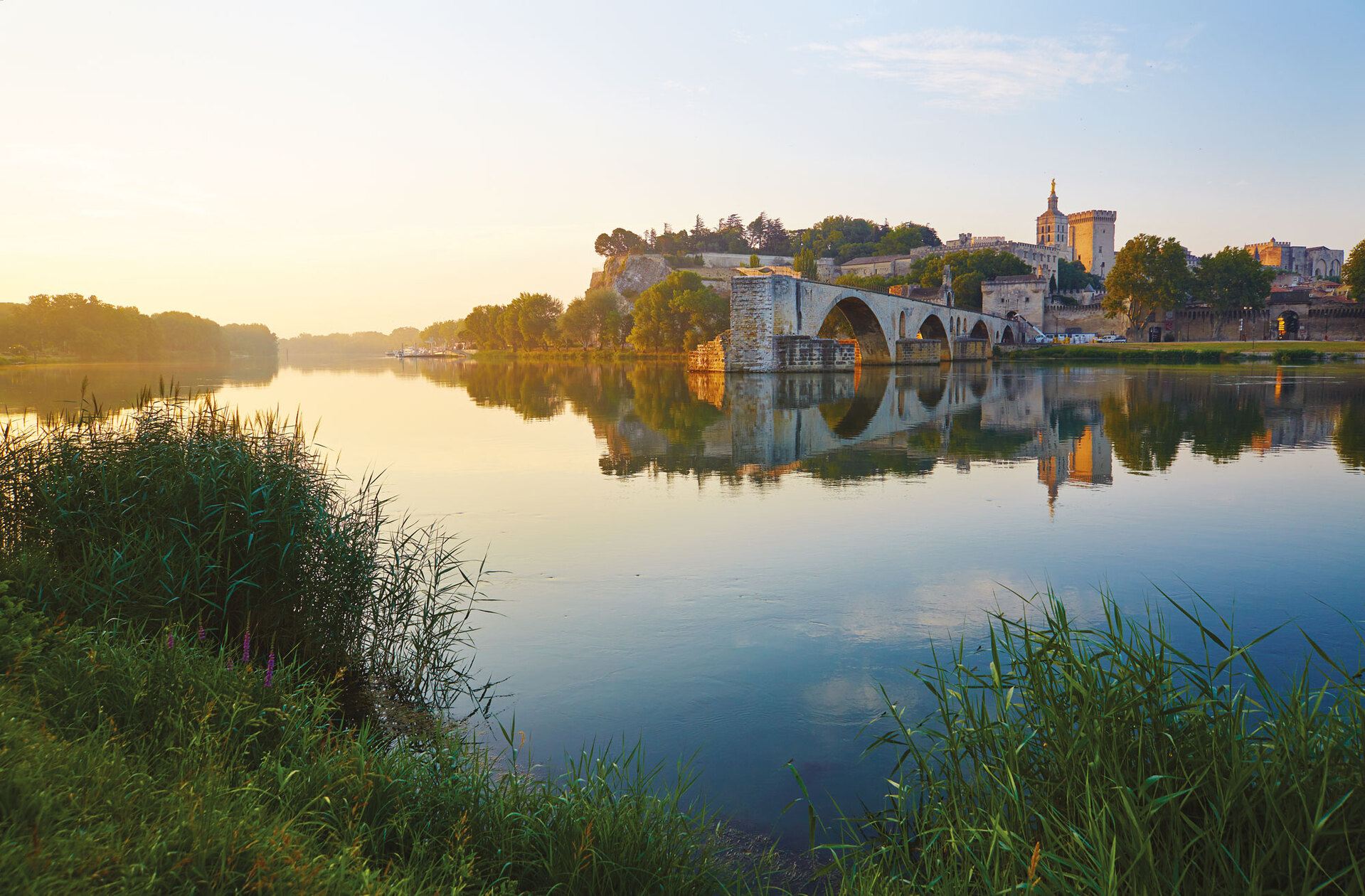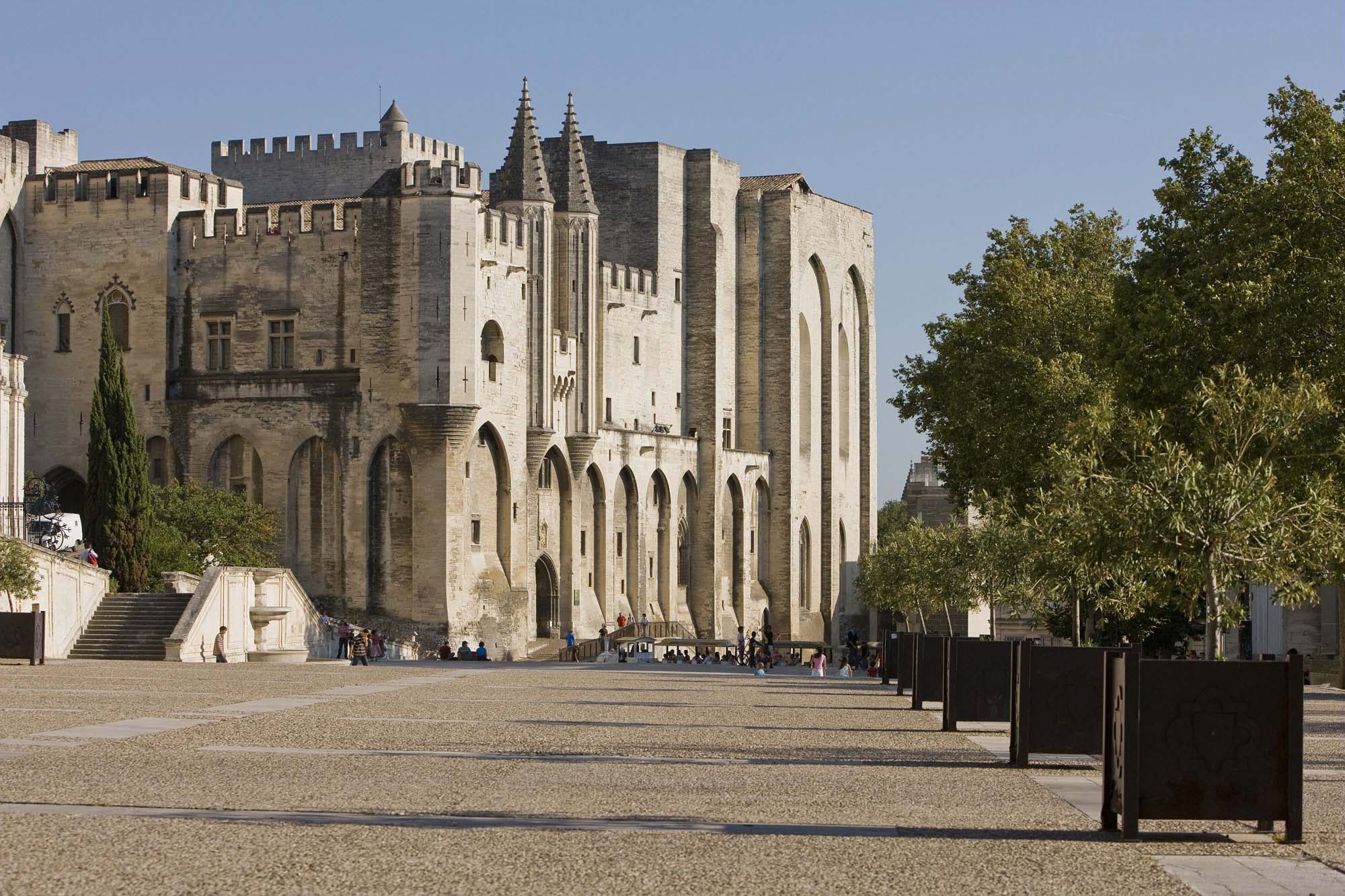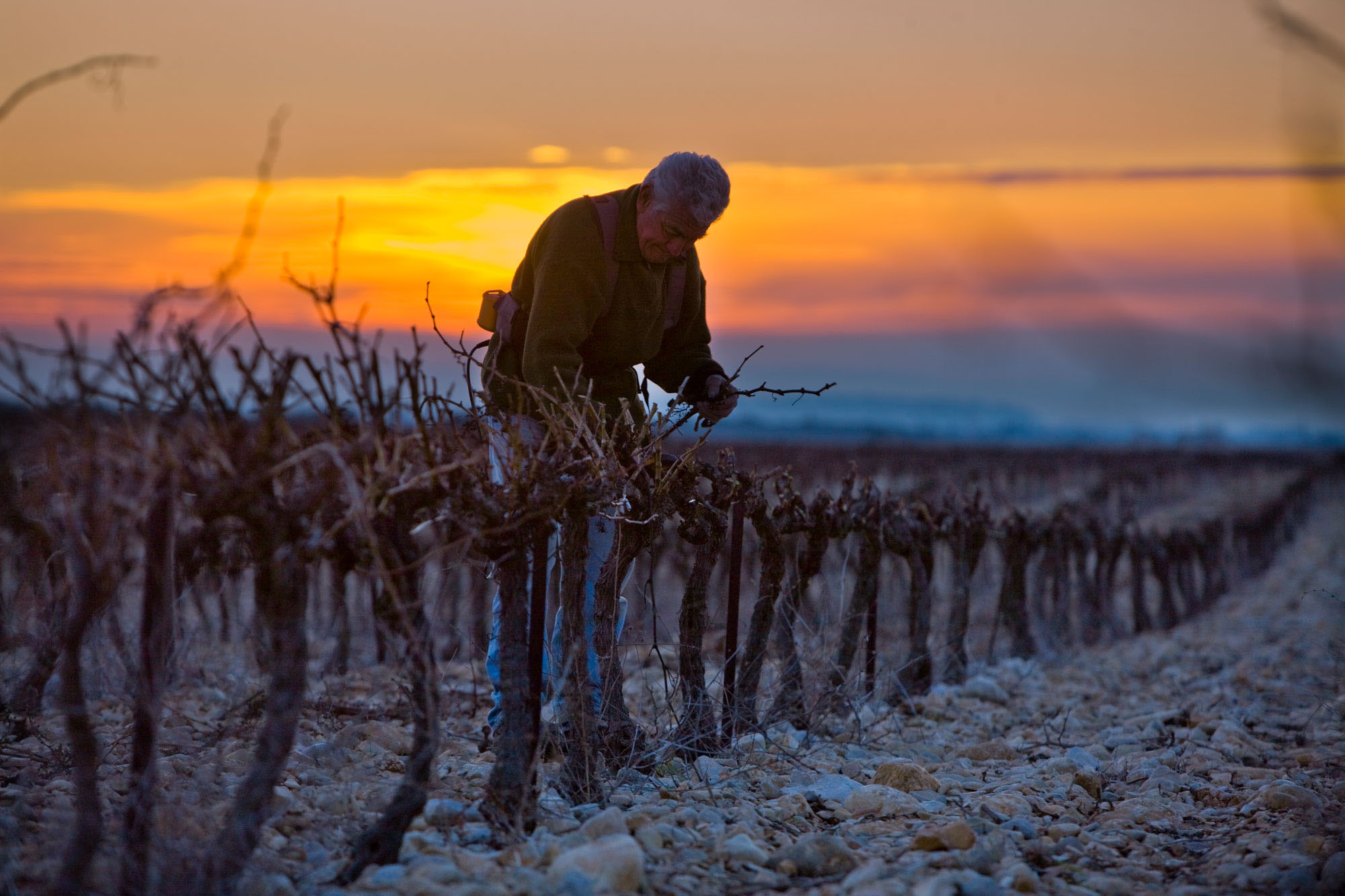GATEWAY TO THE CÔTES DU RHÔNE – FOR VISITORS, WINE ENTHUSIASTS AND LOVERS OF FINE FOODS
Here I am in the Côtes du Rhône. Where should I start?
Avignon, no question. It’s the capital of the Côtes du Rhône and the perfect place to start exploring the vineyards. Avignon is what the Côtes du Rhône is all about: a warm welcome, history, culture, good food, good wine – something for everyone, in fact. Of course, it’s not just fun and games. The city also plays an important part in the local economy, and is home to the institutions protecting the interests of Côtes du Rhône appellations, safeguarding quality and ensuring the future viability of today’s wine industry.

Historic and cultural attractions
What should I see first?
The choice is yours! Avignon is teeming with life, music and culture. It’s home to no fewer than four UNESCO world heritage sites recognised for their outstanding universal value: the Palais des Papes (residence of the popes in the 14th century), the 12th-century Saint Bénezet bridge, immortalised in the song Sur le Pont d’Avignon, the city walls, and the Episcopal Ensemble on the Rocher des Doms, which existed well before the Palais des Papes was built.
OK, and apart from sightseeing?
Try the Festival d’Avignon, a festival of dance, music and theatre founded in 1947 by actor and director Jean Vilar, held every year in July with the Cour d’Honneur of the Palais des Papes as its main venue. Then there’s the alternative drama festival Off, which also hosts live events throughout the city. The two festivals alone attract over 600,000 visitors a year.
And if performing arts isn’t my thing?
There’s plenty more to see and do, both in and outside Avignon, including the Cheval Passion annual equestrian event, the Maison Jean Vilar arts and exhibition centre, a dozen or so museums (including the ever-popular Musée Angladon museum of modern art), the nearby Carthusian monastery of Val-de-Benediction, and the Abbey of Saint-André in Villeneuve-lès-Avignon. And as if that wasn’t enough, in 2018 the city of Avignon teamed up with other nearby UNESCO World Heritage monuments to promote all the UNESCO World Heritage sites listed in Provence.
So it’s quite a hub for visitors
Exactly. Avignon is one of Provence’s cultural powerhouses and has so much to offer visitors. Its attractions extend far beyond its famous city walls and across the whole of the southern part of the Côtes du Rhône. With Avignon as its visitor hub, the Vaucluse department attracts over 4 million visitors every year.
Wine tourism : the gateway to the Côtes du Rhône vineyards
We hear a lot about wine tourism these days. What’s that all about?
Wine tourism is tourism whose main purpose is to learn about, taste and enjoy wine, preferably in its home environment. And wine tourism in the Côtes du Rhône is thriving – the range of activities on offer seems to get longer every year! Firstly, there’s the city of Avignon itself, full of useful information; the starting point for all kinds of activities in the vineyards and surrounding countryside:
- There are walking trails through the vineyards, cycle rides, B&B accommodation, gites and campsites, restaurants pairing local wines with local foods, foodie trails, wine museums, wine safaris, introductions to wine-tasting, opportunities to help with harvests (late summer only), and workshops to learn about aromas, flavours and the art of blending;
- Seven destinations within the Côtes du Rhône area have the ‘Vignobles et Découvertes’ (Vineyards and Discoveries) seal of quality; these are tried-and-tested destinations where visitors can take a closer look at the Côtes du Rhône and find out more about how and where wines are made;
- 46 Côtes du Rhône wine estates have earned the Golden Vine Leaf, the Rhône Valley’s own award denoting an outstanding wine tourism product. Visitors are assured of a warm welcome and a learning experience above and beyond that of simple wine-tasting.
- ‘Vins Rhône Tourisme’ is a free, downloadable app featuring an events calendar, ideas for walking trails through the vineyards and a unique look at Avignon, capital of the Côtes du Rhône.
Can I combine wine tourism with an ordinary visit?
Yes, of course. In fact the lines between ‘ordinary’ tourism and wine tourism are becoming increasingly blurred, with many companies now adding a wine tasting stop or two to their tours. Visit the Palais des Papes, for example, and you’ll find a Côtes du Rhône wine bar in the courtyard offering a wide selection of Côtes du Rhône and Côtes du Rhône Villages wines to taste. And in 2016 a new, downloadable app was introduced to help visitors plan their own bespoke itineraries, giving information about the Rhône Valley’s summer programme of wine-related events, while the new Wine School welcomes enthusiasts at every level from beginners to connoisseurs, to learn about wine-tasting and the Rhône appellations through a series of themed workshops. So you can mix and match.
Food and wine heaven
What sort of foods are we talking about?
Well, many top chefs make a point of featuring classic Mediterranean products on their menus. These include fruit grown on and around the Comtat Plain: cherries, peaches, figs, pears, plums, apricots, strawberries and melons, all regional specialities. Almonds, now making a comeback in the neighbouring Gard department, are an integral part of the 13 traditional Provençal Christmas desserts, along with figs, grapes, walnuts, melons, dates, clementines, nougat and a sweet brioche-like cake flavoured with orange blossom. Many of the fruits are processed in nearby Apt, famous for its candied ‘fruits confits’ which are used in lots of local delights – calisson sweets in Aix, chocolate and liqueur papalines in Avignon, and berlingots – boiled fruit candies – in Carpentras. Then there’s nougat from Sault, which is to Vaucluse what Montélimar is to the Drôme, and the brioche-like Pain de Modane from Nyons; even chocolate is flavoured with lavender, rose, jasmine and mimosa, the sunshine flavours of Provence.
Surely it’s not just sweets?
No, definitely not! Savoury specialities include PDO olive oil from Nyons and the Baux Valley, perfect for drizzling over a tomato salad with garlic, onions and Herbes de Provence, a garlicky, basil-scented Soupe au Pistou or a ratatouille made with locally-grown tomatoes, peppers, aubergines and courgettes – all classic Mediterranean ingredients. Tarascon lamb with herbs is a traditional Easter dish; Banon AOC in its chestnut-leaf wrapping is a soft goat’s cheese made in the local hillsides, while truffles from Comtat Venaissin are known as the ‘black diamonds of Provence’.
Sounds delicious! Can you suggest some wines to drink with them?
Everyone will have their own favourites, but here’s a starting point:
- Serve Rasteau’s Vins Doux Naturels (naturally sweet wines), Muscat Beaumes de Venise and Saint Péray sparkling wines with sweets and desserts;
- Rosés go well with herby salads or summer barbecues, or just on their own;
- Red wines bring a whole new dimension to lamb dishes, ratatouille or rich, garlicky stews flavoured with spices, rosemary and thyme. Really worth a try;
- Dry, fruity white wines are a perfect match for Banon goat’s cheese.
Avignon – the Côtes du Rhône’s political and economic powerhouse
But it’s not all just there for visitors is it?
No, Avignon is also the administrative and legislative headquarters of the Côtes du Rhône. It’s where the Winemakers’ Union, the Syndicat des Côtes du Rhône, is based; their job is to safeguard local regional products, by law if necessary, to protect the Côtes du Rhône and Rhône name against improper or fraudulent use. The Syndicat, along with local winegrowers and INAO, (INAO, the Institut National de l’Origine et de Qualité, is the official regulatory body for French AOP products) draws up production specifications, monitors production practice, checks producers have the right skills, and audits the quality of the wines, notably for AOC certification. Certification itself is performed by a separate organisation. The Syndicat is also tasked with inspecting the vineyards and production processes on a regular basis.
Any facts and figures?
The vineyards are an essential part of the local economy. The Rhône Valley is France’s 2nd largest winegrowing region with 70,000 hectares under vine producing 2.8 million hectolitres of wine. That makes average yield around 40 hl per ha.
Côtes du Rhône AOC wines have a well-defined hierarchy based on quality. Visualise it as a pyramid: at the base, the majority of wines produced (66%) are part of the regional appellation; the next level is Côtes du Rhône Villages with and without name (16%), with Côtes du Rhône Crus at the apex (18%). Reds dominate, accounting for three quarters of total production, followed by rosés with around 15% and whites at 10%. Organic production is soaring; plantings have risen by about 15% over 6 years, to a total of 14,500 ha in 2017.
The wine economy is hugely important to the region, particularly in Vaucluse, one of the Rhône Valley’s main agricultural départements. 32,000 hectares are currently under vine, divided between over 2,800 winegrowing estates and accounting for 32% of Vaucluse’s farmland. Viticulture creates 50,000 jobs in the region, both directly and indirectly.





